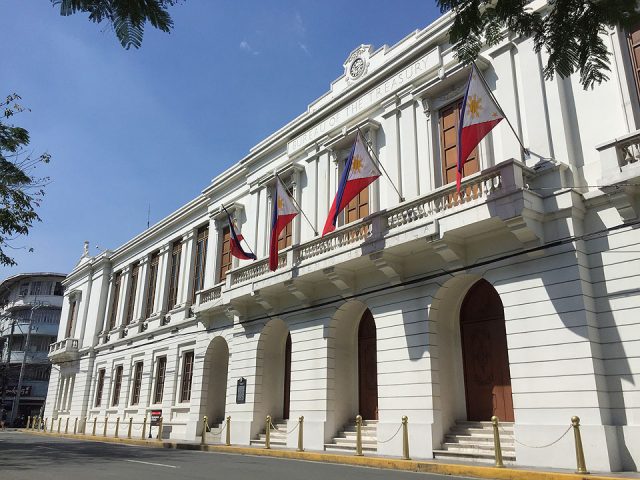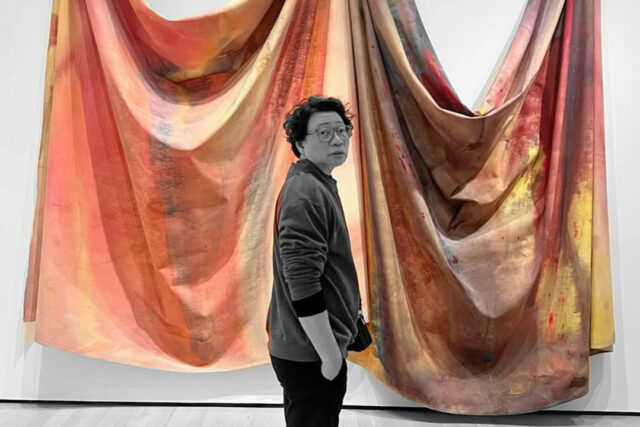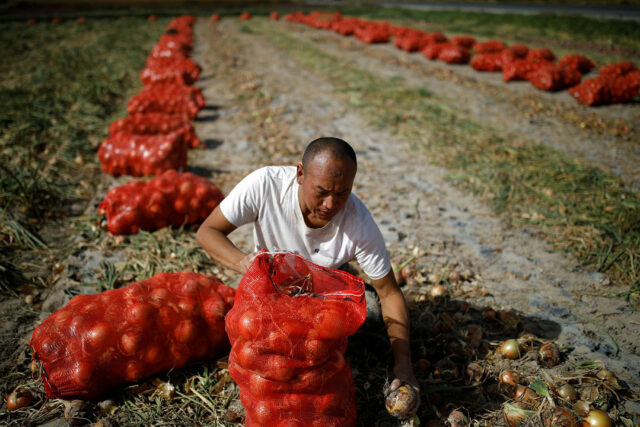Data from different sources point out that smoking prevalence in the Philippines has declined.
The data indicates an encouraging trend of declining tobacco use. Results from the Global Adult Tobacco Survey (GATS) show that the prevalence of tobacco smoking has fallen by over a third, from 28.3% in 2009 to 18.5% in 2021. Similarly, the country’s National Income Accounts show that the share of Alcohol and Tobacco to total Household Final Consumption Expenditure (HFCE) has fallen from 3% in 2012 to just 1.4% in 2023.
This shows that tobacco excise taxes work. Because of higher cigarette prices, fewer people are smoking; and the people who do still smoke now smoke less.
Still, the figures on the volume of cigarette production and the excise taxes collected from cigarette production do not align with what government had projected based on its assumptions on the change in smoking consumption patterns and increases in prices. For two years in a row now, tobacco excise collections have fallen below the Bureau of Internal Revenue’s (BIR) targets. So, while the goal of reducing tobacco use may be on track, the revenue gains that are supposed to finance the country’s Universal Health Care (UHC) system are at risk.
The pattern of revenue decline and revenue target shortfall reveals that the major tax leakage arises from illicit trade. Reports abound regarding the proliferation of smuggling hot spots in different parts of the Philippines.
In November 2023, the BIR had initially stated that a much larger figure of around P60 billion worth of taxes were lost to the illicit tobacco trade.
Global literature suggests that about 12.3% of total cigarette consumption is illicit in low-middle income countries. Meanwhile the high-end estimates from Philippine-specific studies put the figure at a 16.1% market share for illicit cigarettes. A back-of-the-envelope calculation suggests that this is equivalent to about 431 million illicit packs, or P25.9 billion worth of forgone revenue in 2023. The high-end (and highly unlikely) estimate of P60 billion worth of forgone revenue represents a highly unlikely scenario that over 35% of all cigarettes sold were illicit.
If the illicit tobacco trade is in fact on the rise, the effects could now be felt. Based on General Appropriations Act documents, Congress has already reduced the budget for PhilHealth from P100.2 billion in 2023 to P61.5 billion in 2024 — a difference of nearly P40 billion. PhilHealth’s current budget is now even lower than in 2019 (P67.4 billion), the year the UHC Law was enacted.
Apart from the revenue losses, illicit tobacco undermines the effectiveness of health objectives. Illicit cigarettes are much cheaper than legal cigarettes and are usually sold in packaging without graphic health warnings. So not only does illicit tobacco introduce major tax leakages, but it also exposes the youth and the poor to the harms of tobacco use.
These growing concerns have provided an impetus for Ways and Means Committee Chair and Albay 2nd District Rep. Joey Salceda to file House Bill No. 10329, also known as the “Anti-Illicit Tobacco Trade Act.” Mr. Salceda’s measure is a marked improvement from previous attempts to address the illicit trade, which focused mainly on providing stiffer penalties.
While the proposed measure does provide greater penalties, it arguably does better in addressing illicit trade by focusing on enforcement.
One of the core features of the bill is the institutionalization of a Tracking and Tracing System. According to the International Standard Organization (ISO), track and trace is “a means of identifying every individual material good or lot(s) or batch in order to know where it has been and where it is in the supply chain.” Such tracking and tracing systems have already been implemented in industries such as postal services, logistics, pharmaceuticals, and online shopping platforms.
In Mr. Salceda’s bill, the track and trace system would allow real time monitoring of the entire value chain of tobacco — including production, processing, manufacturing, storage, distribution, and wholesale and retail sale of tobacco products.
Global experience on illicit tobacco trade has taught us that the essential feature of tax stamps can be improved to effectively combat illicit trade. For example, the track and trace system allows for downstream verification of cigarette packs and would help address issues such as under declaration of domestic production or production declared for export but then sold in domestic markets. Tax stamps remain a crucial component of the system, as the integration of both physical and digital security features will add a layer of verification for legitimate products.
The real-time tracking features imply that data on tobacco production-related activities will be logged as they happen, and will allow for the immediate flagging of potential red flags and indicators of illicit activity. Furthermore, the proposed tracking and tracing system is built on top of a licensing or registration system that will regulate all machines, equipment, and inputs related to tobacco manufacturing.
Further, HB 10329 as filed ensures the integrity of the track and trace system by mandating that the provider of the system should have no conflict of interest with parties subjected to the system.
Mr. Salceda takes a holistic approach to illicit trade by integrating multiple layers of stakeholder participation and collaboration. For one, the bill introduces an Inter-Agency Council and an Enforcement Group to ensure that government agencies work together. Rather than relying solely on the Bureau of Internal Revenue (BIR) or the Bureau of Customs to implement these measures, crucial agencies such as the departments of Finance, Trade and Industry, the National Tobacco Administration, the departments of Health, Information and Communications Technology, and Interior and Local Government will all make a collective effort to combat illicit trade.
Furthermore, Mr. Salceda’s proposal extends the fight against illicit trade on two more fronts: the grassroots and the international community. Through digital platforms such as mobile applications, citizens may participate in the verification and reporting activities spearheaded by the BIR. Meanwhile, the issue of smuggling is given further attention by mandating the exchange of information with international partners.
The Salceda bill manages to strengthen tax administration as part of overall tobacco control reforms.
It is also encouraging that the Chair has enjoined the active participation not only of implementing agencies, but also civil society organizations.
The Technical Working Group (TWG) meetings, deftly chaired by Representative Stella Quimbo, are already underway. The signs point to significant legislation adhering to global best practices. The challenge is to address a narrow set of controversial points regarding the interpretation of what illicit trade covers and the civic engagement in combating illicit trade.
AJ Montesa heads the tax policy team of Action for Economic Reforms.















